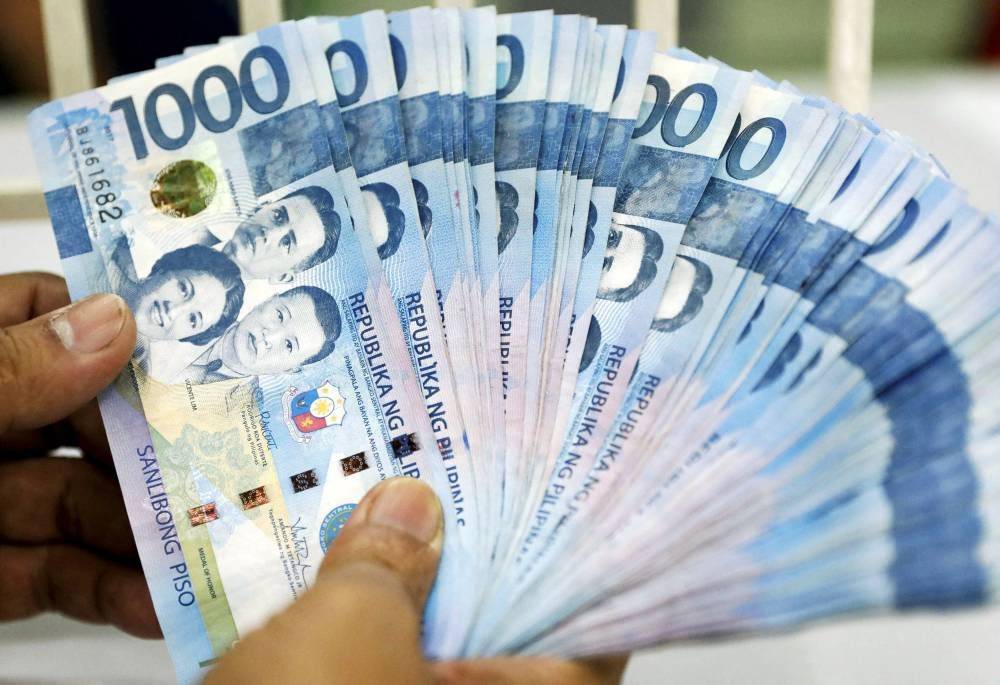Slower pace of peso appreciation vs dollar seen

The Philippine peso and other Asian currencies still have room to appreciate over time, albeit at a slower pace, as their biggest rallies against the US dollar may now be over even as the US Federal Reserve (Fed) is just about to start its easing cycle.In a commentary, Thomas Mathews, head of markets at London-based Capital Economics, said valuations of Asian currencies like the peso and Thai baht were still “very low” compared with their five-year average. This means there’s still space for these currencies to sustain gains, although at a more moderate pace.
“Indeed, valuations are still low in many cases. That’s partly because of the broad-based nature of the rally, which means that not all Asian currencies have actually gained that much in trade-weighted terms,” Mathews said.
“All that suggests to us that there is still room for Asian currencies to make some ground and, indeed, fare better than most. But we doubt the rally will be such a break-neck pace as it has been.
The peso has been appreciating closer to the 55-per-dollar level in the past days amid clearly dovish signals from the Federal Reserve that may weaken the greenback. It’s a rally that tracked a regional upswing after the Federal Open Market Committee had released the minutes from its July meeting, showing a broad agreement that a Fed rate cut in September “would likely be appropriate.”
And Fed chair Jerome Powell doubled down on the dovish talk during his hotly anticipated Jackson Hole speech last week, where he said that “the time has come for policy to adjust” amid a slowdown in the American job market.
As it is, the Bangko Sentral ng Pilipinas already went ahead of the Fed and cut its policy rate by 25 basis points to 6.25 percent at its policy meeting on Aug. 15. The move slightly pressured the peso, which eventually recovered as the market had already priced in the rate cut.Moving forward, Capital Economics’ Mathews said the big boost that most Asian currencies got from expectations of lower interest rates had “probably run its course,” adding that any rally after the Fed rate cut would not be robust like before because some investors would still see the US as a safe-haven, which can support the dollar. INQ

















